There’s no doubt that the eCommerce sector is booming. With more and more people joining the big eCommerce revolution, market analysts are discovering new shopping trends and unique customer tendencies. Earlier, customers could be categorized as either online shoppers or offline shoppers. However, latest shopping behaviors are narrowing the gap between the two types.
One of the latest shopping trends is the ROPO effect which is quite concerning for marketplaces. ROPO stands for Research Online Purchase Offline : a phenomenon where customers gather all product related information online and then proceed to purchase the same in a brick-and-mortar store. Consumers might take the help of online blogs, articles, reviews and displayed prices in order to make a purchase decision and eventually walk in a retail store to purchase offline. This has an adverse effect on the total online sales of any marketplace.
Nevertheless, every obstacle has its own unique way of combating and believe it or not, there are ways to avert the ROPO effect. Here’s all you need to know about the ROPO effect and how you can turn it to your marketplace’s advantage.
Why is ROPO a concern for marketplaces?
For the last few years, customers were seen practicing a phenomenon known as “show-rooming”: customers would examine a certain product in an offline retail store, gather all required information and then purchase the same product offline. This has been a great advantage for online retailers and marketplaces seeing their online sales flourishing. However, with the ever-changing customer psychology and behaviors, we are now experiencing an anomaly of this habit.
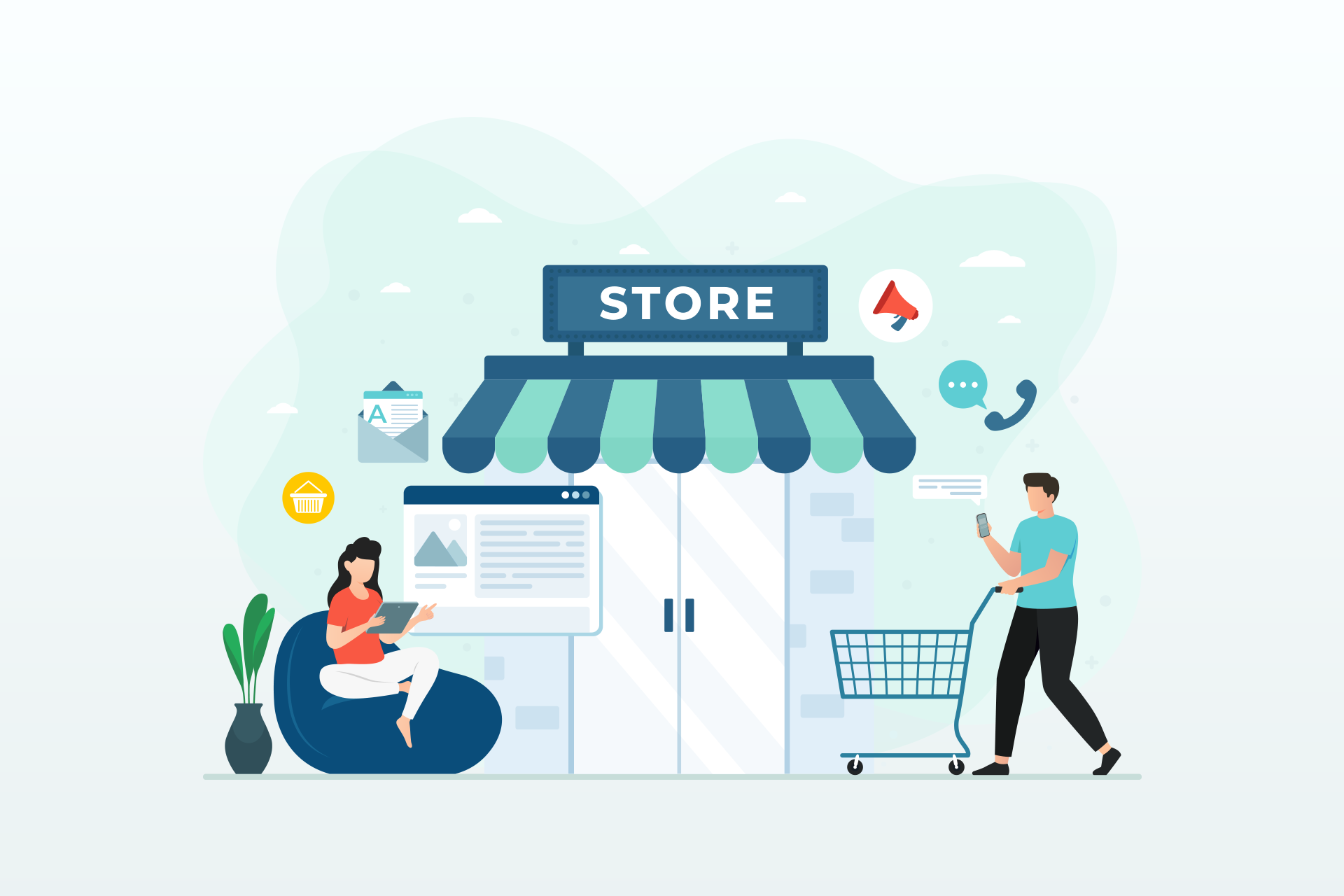 Now, the ROPO effect could be considered less troublesome for individual online retailers who also have their own physical stores. Provided that customers browse their online options to later buy their products in-store, in any case, their products are ultimately being sold.
Now, the ROPO effect could be considered less troublesome for individual online retailers who also have their own physical stores. Provided that customers browse their online options to later buy their products in-store, in any case, their products are ultimately being sold.
The challenge, however, arises for multi vendor marketplaces selling physical products. Marketplaces that are based on commission models earn from the number of transactions on their platform. Nothing could be more disastrous than customers simply browsing their products online and ultimately not completing the transaction on their marketplace. Therefore, this ROPO effect is quite an alarming issue for marketplaces in general.
What leads to the ROPO effect?
You might wonder why people choose to purchase offline after skimming through the online options. There are a few factors that leads to this devastating effect:
Quick accessibility to the internet and devices
Currently, around 83.32% of the worldwide population uses a smartphone with active mobile internet users being 4.67 billion! With the heightened accessibility of digital devices, people are becoming more inclined towards checking out what’s beyond their immediate eyesight. With retailers optimizing for local search on search engines, customers get the convenience of checking the product options online and then looking out for the same in nearby offline stores.
 In other words, the internet has proven to be a boon as well as a bane for online marketplaces. While it does help online shopping flourish, it also opens local options leading to the ROPO or web-rooming effect.
In other words, the internet has proven to be a boon as well as a bane for online marketplaces. While it does help online shopping flourish, it also opens local options leading to the ROPO or web-rooming effect.
Credence on online reviews
Before the internet revolution, word-of-mouth was a popular method of promoting products. People would trust on recommendations and then decide on buying something. The same idea has been running down the years only to be propagated through penned down words. Online reviews help people share their story and experience of buying and using a product. That helps potential customers make the correct decision of purchase.
 Now, let’s look at the numbers. 93% of customers read online reviews before buying a product. Also, 93% of consumers admit that they get influenced by online reviews. The point is that people nowadays rely heavily on online reviews. Whether they are planning to buy an item online or not, the first thing that most of us do is read through the reviews. Alongside Google, Amazon is one of the top platforms where people look up for product reviews. A lot of time, probable customers get influenced by negative online reviews which compel them to buy in-hand, resulting in the ROPO effect.
Now, let’s look at the numbers. 93% of customers read online reviews before buying a product. Also, 93% of consumers admit that they get influenced by online reviews. The point is that people nowadays rely heavily on online reviews. Whether they are planning to buy an item online or not, the first thing that most of us do is read through the reviews. Alongside Google, Amazon is one of the top platforms where people look up for product reviews. A lot of time, probable customers get influenced by negative online reviews which compel them to buy in-hand, resulting in the ROPO effect.
The need for touch or trial
One of the biggest reasons why people still opt for in-store purchase instead of so many online options is their need to trial. The satisfaction of touch and feel is, without doubt, missed when shopping online. Also, certain categories like apparel and cosmetics require a closer, prior trial or testing before buying.
Moreover, the accuracy of online representation of products is, at times, quite awry. This is one of the main reasons why 56% of consumers prefer touching and trying a product first before buying it. As a result, they gather all related information regarding a product online and then buy it offline.
Late deliveries
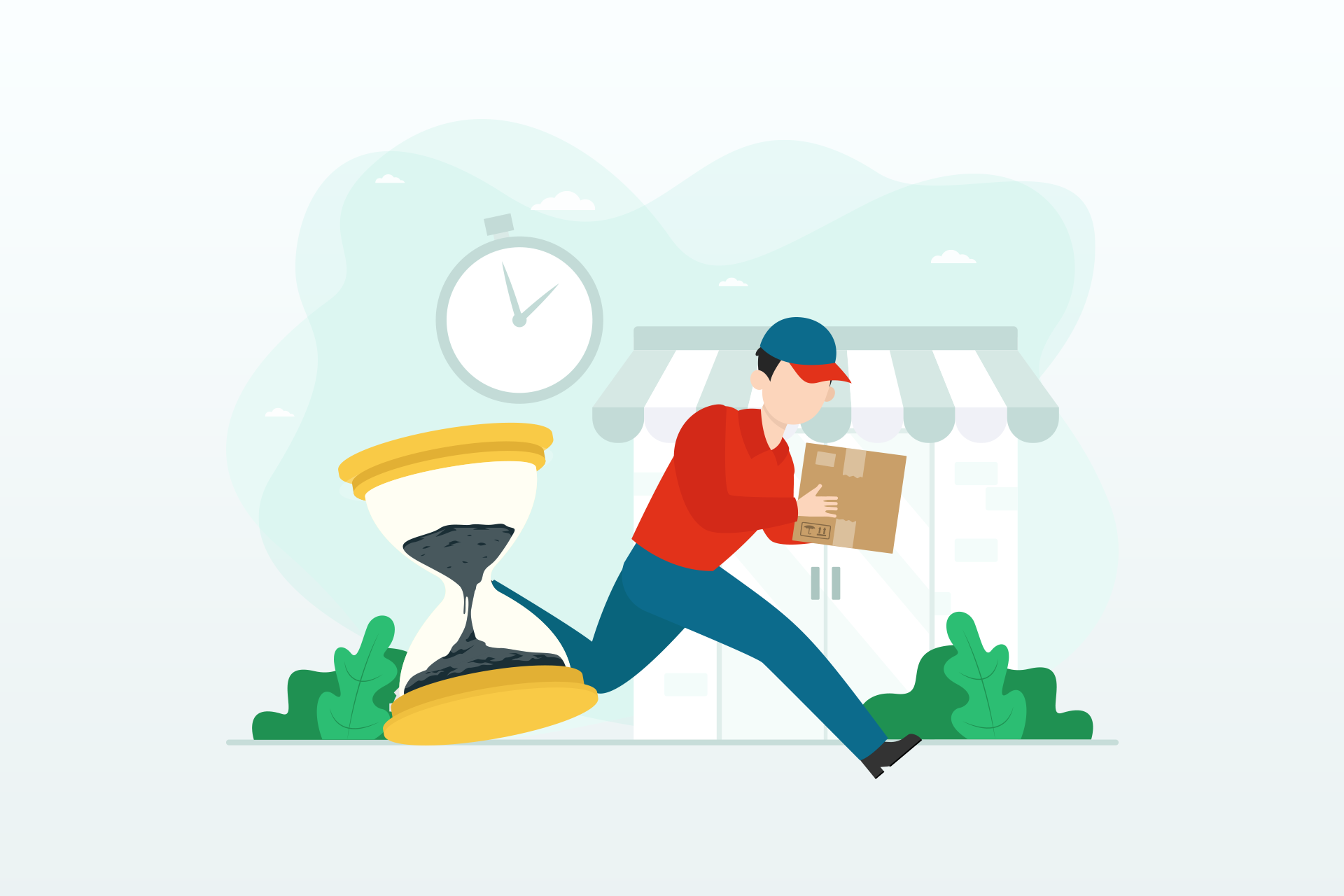 One-day delivery is now a gone thing; people are demanding quicker deliveries, usually within hours. A lot of people still prefer looking for local businesses on the internet to sate their immediate requirements rather than waiting for later deliveries. Let’s say, you suddenly plan to meet someone with a bunch of flowers. You probably wouldn’t wait for 2-3 hours delivery, let alone a next-day delivery. Instead, you’d walk in a nearby florist and pick up the flowers. And that’s what a lot of customers do, unknowingly contributing to the ROPO effect.
One-day delivery is now a gone thing; people are demanding quicker deliveries, usually within hours. A lot of people still prefer looking for local businesses on the internet to sate their immediate requirements rather than waiting for later deliveries. Let’s say, you suddenly plan to meet someone with a bunch of flowers. You probably wouldn’t wait for 2-3 hours delivery, let alone a next-day delivery. Instead, you’d walk in a nearby florist and pick up the flowers. And that’s what a lot of customers do, unknowingly contributing to the ROPO effect.
Categories that are highly affected by ROPO Effect
Not all categories of products get equally influenced by the ROPO effect. Categories that require the “feel” and “urgency” factor are highly susceptible to this phenomena. Let’s look at the product categories that are most prone to the ROPO effect:
Fashion and shoes
Fashion is one such product category that is most vulnerable to the ROPO effect. The need for touch, feel or trial is mostly seen in case of fashion items such as apparels and shoes. Surely, one would always prefer trying out a pair of jeans or a pair of walking shoes for the perfect fit, comfort and looks. Although online fashion is a thriving industry, customers’ inclination towards trial of such items would never die.
Beauty products
A wrong shade of foundation can have a horrible effect on the overall makeup look. And that’s why customers still prefer buying beauty products off physical stores for beauty products, cosmetics and perfumes. Nykaa, an Indian beauty marketplace, has realized this concept and has eventually expanded to brick-and-mortar stores as well.
Household
Let’s say, you’re in the process of making a great dish and suddenly discover that you’re missing out on a crucial ingredient. Would you wait for 30 minutes for an online delivery of the ingredient or quickly grab it out from a store that’s barely five minutes away? Most people have immediate requirements of day-to-day household items and wouldn’t even mind paying a few bucks extra for a quick hold.
Lighting
It’s impossible to discern how warm or bright a certain piece of lighting would be based on online images. It is difficult to determine the suitability of lighting unless you see it for yourself. That’s why lighting is one such category that customers still prefer buying offline after proper evaluation.
Besides these categories, departments like sports, furniture, pharmaceuticals and certain electronics are also vulnerable to the ROPO phenomenon. To have a better idea, have a look at the effect of ROPO on different product categories in Poland in 2021-22.
How to combat the ROPO effect?
Well, you cannot completely evade the ROPO phenomenon, it is imperative. However, of course, there are ways to combat it. In fact, we’ll list a few ways in which you can actually put ROPO to your benefit. Let’s get into it!
Add value to your products
People opt for in-store shopping probably because they, somehow, find it to be more accessible. If you think deeply on that matter, you would realize that the entire point of online shopping, too, is for convenience. Therefore, you have to focus on the convenience factor of your online service in order to keep people away from any kind of deviation. In simpler words, don’t just sell products, add value to your customer’s shopping experience. Things like free deliveries and quicker deliveries can make your customers choose you over local stores. In a survey made in 2022, it was found that 41% of consumers prefer 1-day delivery, while 24% of the surveyors want deliveries in less than 2 hours! So, if your business has the potential to provide these values and you haven’t started yet, do it now!
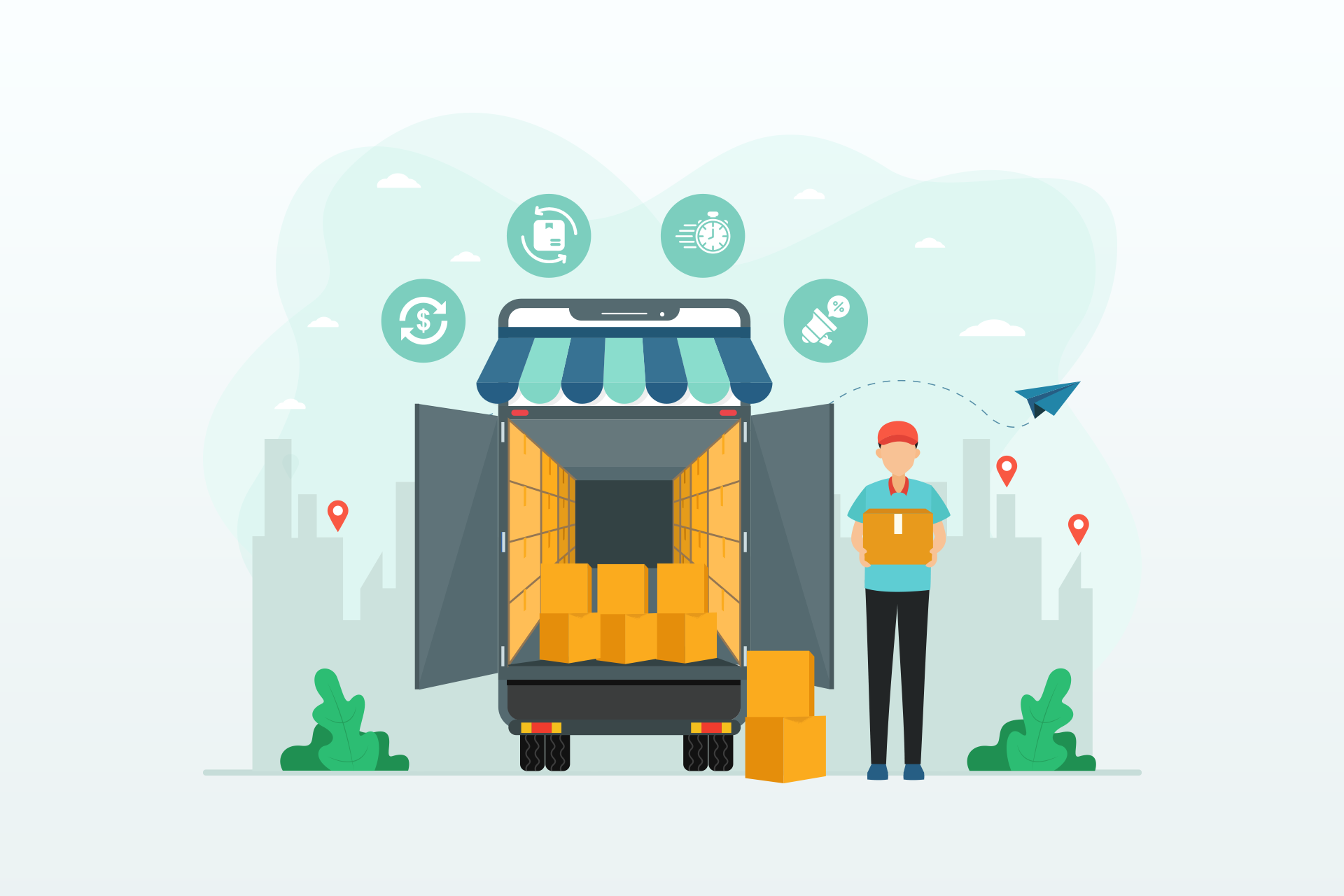 Even flexible exchange and return policies would make you more reliable and encourage your customers to shop from you. Easier exchanges, no-questions asked returns and quicker refunds are some of the things that provide an assurance to customers and they wouldn’t hesitate from ordering online. Let’s say your marketplace sells groceries. Benefits like 15-minutes delivery and easy refund on damaged or stale products would definitely make your customers think twice before dressing up and visiting a grocery store!
Even flexible exchange and return policies would make you more reliable and encourage your customers to shop from you. Easier exchanges, no-questions asked returns and quicker refunds are some of the things that provide an assurance to customers and they wouldn’t hesitate from ordering online. Let’s say your marketplace sells groceries. Benefits like 15-minutes delivery and easy refund on damaged or stale products would definitely make your customers think twice before dressing up and visiting a grocery store!
Constantly optimize pricing
 One of the first things that customers check online while comparing your online products with in-store products is their price difference. If they find offline options to be cheaper, you know the consequences. As soon as you discover the products that are most susceptible to the ROPO effect, you need to constantly monitor their pricing and optimize them. It isn’t always obligatory to keep your prices lower than the offline stores. In order to win the competition, keep your prices in tandem with the market or at least at par with the offline prices, if not less. An effective price optimizing strategy could help you track and amend prices from time to time.
One of the first things that customers check online while comparing your online products with in-store products is their price difference. If they find offline options to be cheaper, you know the consequences. As soon as you discover the products that are most susceptible to the ROPO effect, you need to constantly monitor their pricing and optimize them. It isn’t always obligatory to keep your prices lower than the offline stores. In order to win the competition, keep your prices in tandem with the market or at least at par with the offline prices, if not less. An effective price optimizing strategy could help you track and amend prices from time to time.
Provide correct and detailed product information
If you check out Apple’s product descriptions, you’ll understand the power of a well-defined product description. Crisp, direct and impactful – the perfect blend of words that would compel customers to buy the product. And that’s what every product description should be – designed to sell. However, most marketplaces’ product information display mere manufacturer’s descriptions. That’s not what your customers expect to read!
 According to a survey conducted by Shiprocket, about 98% of customers abandon a purchase if the product information is insufficient or incorrect. Of course, manufacturer’s details are essential and shouldn’t be missed out completely. But you should also pitch your products in a way that would not only emphasize on your product’s significance but also how your customer would benefit from purchasing it.
According to a survey conducted by Shiprocket, about 98% of customers abandon a purchase if the product information is insufficient or incorrect. Of course, manufacturer’s details are essential and shouldn’t be missed out completely. But you should also pitch your products in a way that would not only emphasize on your product’s significance but also how your customer would benefit from purchasing it.
As visual creatures, we rely more on visuals than what we read. And hence, product images also play an important role in online sales. Insignificant or incorrect images immediately tick off customers. 22% of product returns are due to mismatch between the displayed product image and the actual product. Categories such as apparels and accessories are most susceptible to such cases. Therefore, proper and detailed visuals as well as video of products would encourage your customers to consider it worth buying.
Provide augmented reality experience
We already know that categories like fashion and lighting are highly prone to the ROPO phenomena. That’s mainly because customers probably can’t determine how it will look in reality. A model that’s wearing a piece of dress might look good as per the displayed visual. However, it might not always look equally suitable on the buyer. Similarly, your customers might not be able to figure out how a piece of lantern would look in their living room. Naturally, they would walk-in to the nearest store to check out such products personally. If only you could provide them that first-hand experience right on their browsing device, they would be able to make a better decision!
 3D and 360-degree product view has been in the market for quite some time now. The latest feature that you should invest in is providing an augmented reality experience. AR features allow the customers to virtually experience a product in their immediate environment. It greatly reduces the doubt factor that creeps in a customer’s mind in their pre-purchase phase and leads them to complete the purchase. As per Threekit, 61% of customers prefer retailers that provide AR assistance.
3D and 360-degree product view has been in the market for quite some time now. The latest feature that you should invest in is providing an augmented reality experience. AR features allow the customers to virtually experience a product in their immediate environment. It greatly reduces the doubt factor that creeps in a customer’s mind in their pre-purchase phase and leads them to complete the purchase. As per Threekit, 61% of customers prefer retailers that provide AR assistance.
Ikea offers AR on their website to let their customers select a piece of furniture and place it virtually on their home space to see how it looks. After ots success, they’ve also launched an app called IKEA Space on the App Store solely dedicated to AR viewing of their products. L’Oreal has also launched its AR technology on Amazon that will let customers try their products virtually through a live front camera.
There are a lot of softwares that provide AR features for marketplaces. Plugins like AR for WooCommerce and WooCommerce Product View in AR are some of the best AR plugins for WooCommerce.
Strengthen your digital presence
When a potential customer searches for a product online and choses an option other than you, it’s because your online presence isn’t prominent enough! Sounds harsh? However, it’s the blatant truth.
Of course, your customers are interested in the service or product types that you offer and that’s why they’re searching for them online. The ROPO effect, in itself, is the biggest proof of consumers’ online affinity. All you have to do is present your products readily in front of their eyes for them to pick. Google Ads is a powerful marketing tool when used strategically. Strengthen your Google Ads ranking to stay on top of the search results as 46% of the users click the top three ads displayed on the search engine. Adjust your bids and improvise your ad content in order to create relevant ads in order to hold the prime Ad rankings.
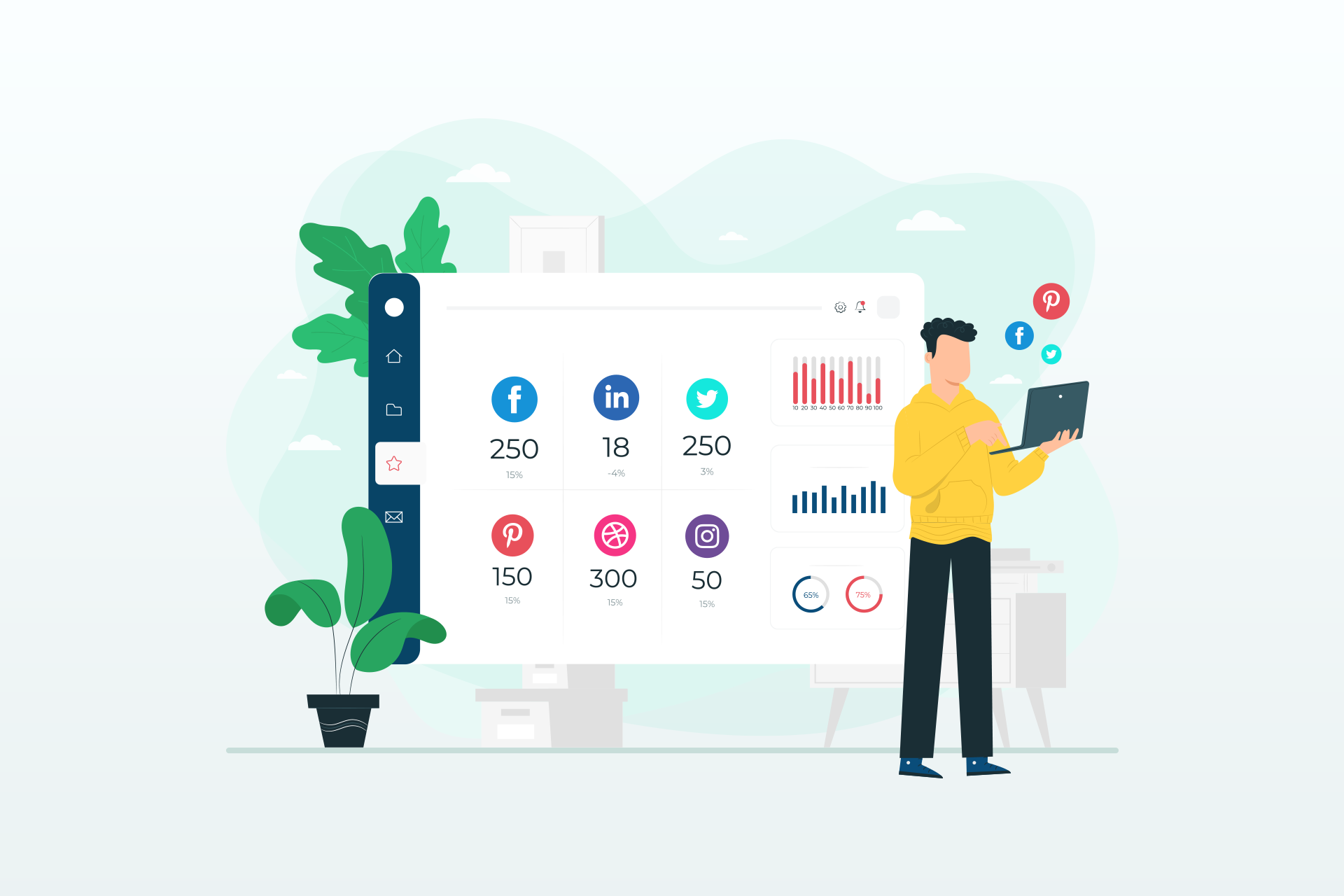 Also work on your local SEO. Your customers might search for local options with an intention to walk into a nearby store. Your ad should still appear on the top few search results which could make the searcher reconsider going out and order in. The catch is in your ad content which should directly influence your potential customer’s purchase decision.
Also work on your local SEO. Your customers might search for local options with an intention to walk into a nearby store. Your ad should still appear on the top few search results which could make the searcher reconsider going out and order in. The catch is in your ad content which should directly influence your potential customer’s purchase decision.
The ROPO effect is definitely harmful for your business, but isn’t something that can’t be dealt with. You can’t completely stop consumers from browsing online and later purchasing offline, but you can definitely turn their buying decisions to your favor. With just a few strategies in place, you’ll be able to break the ROPO loop. Hope this blog helps!


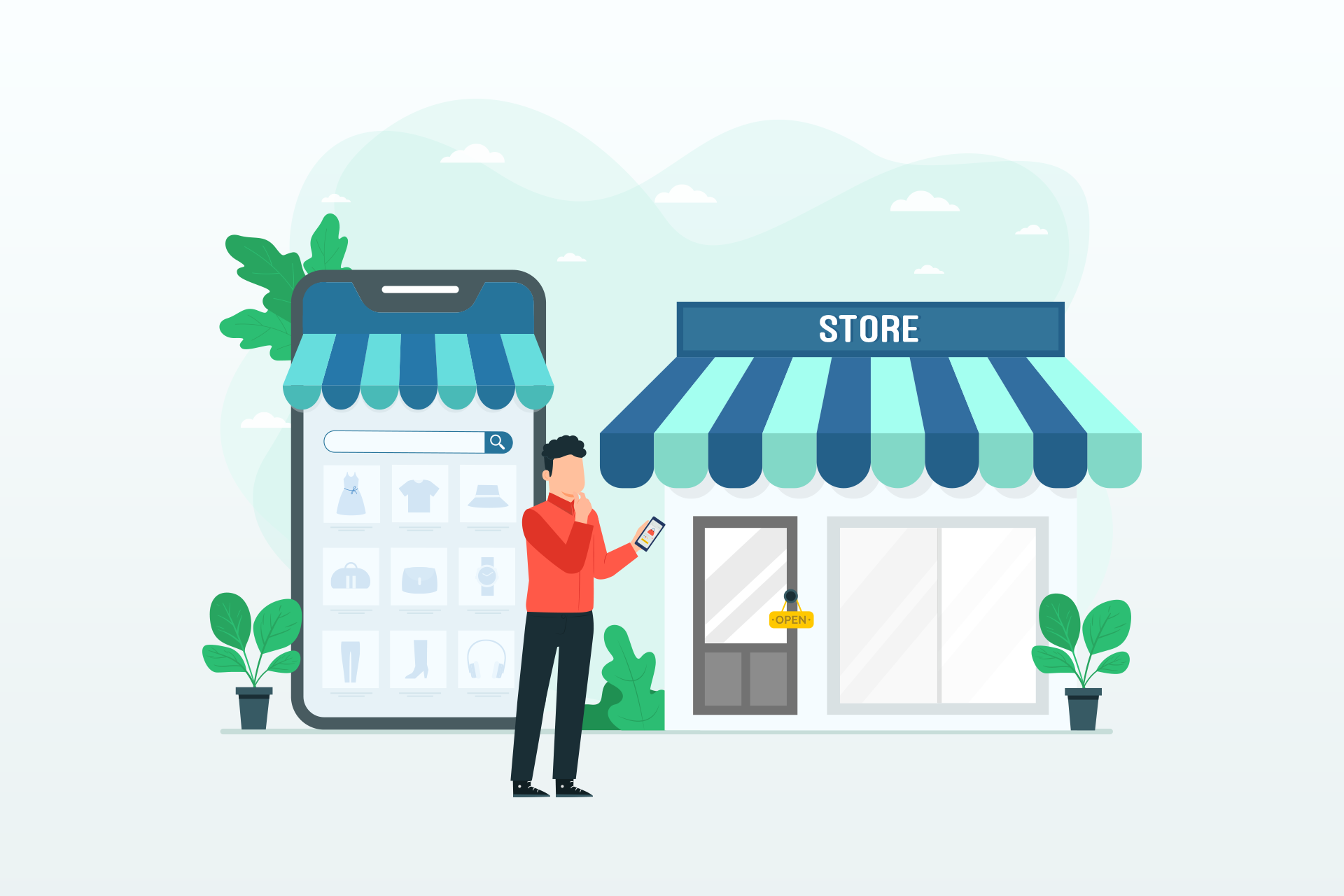
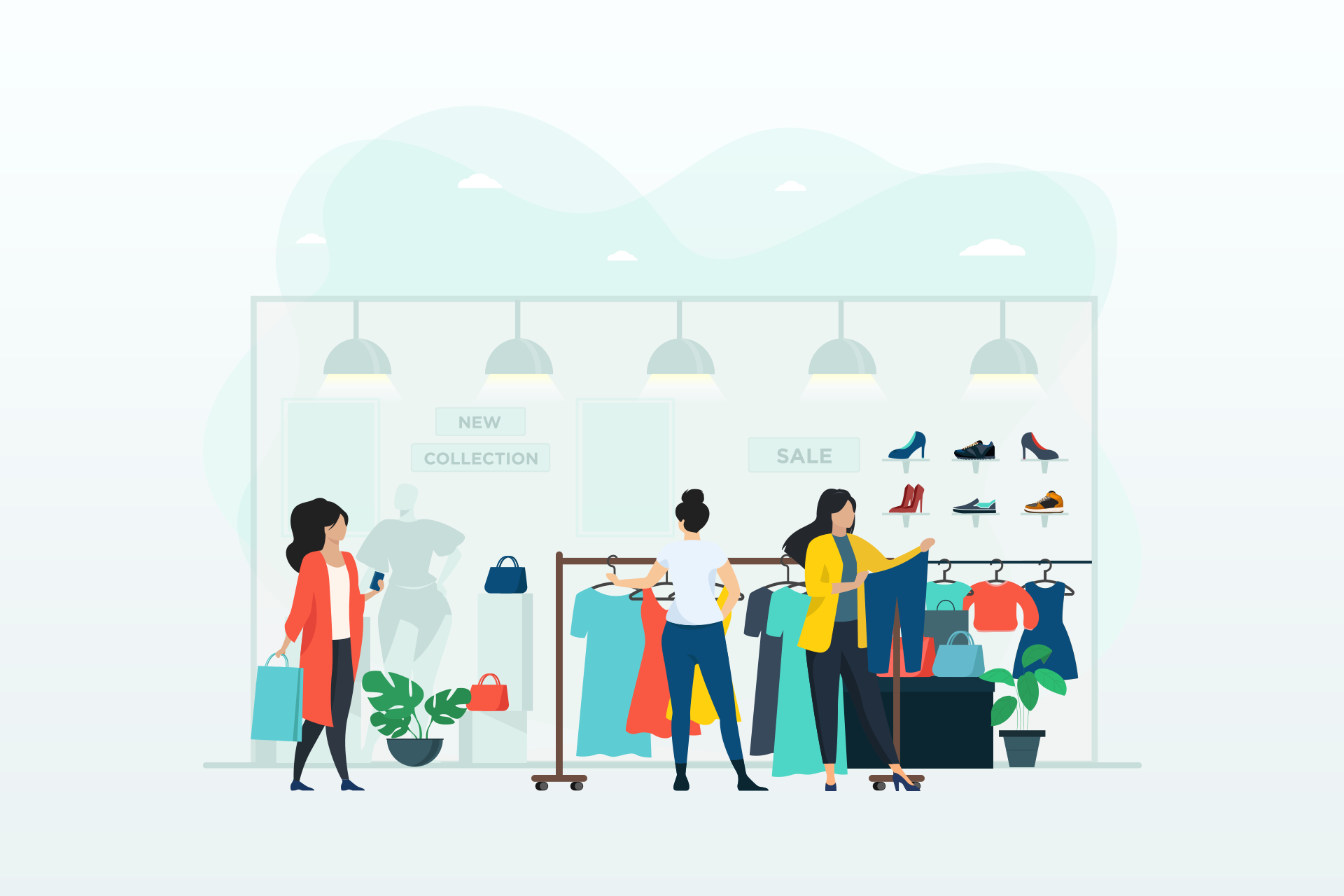
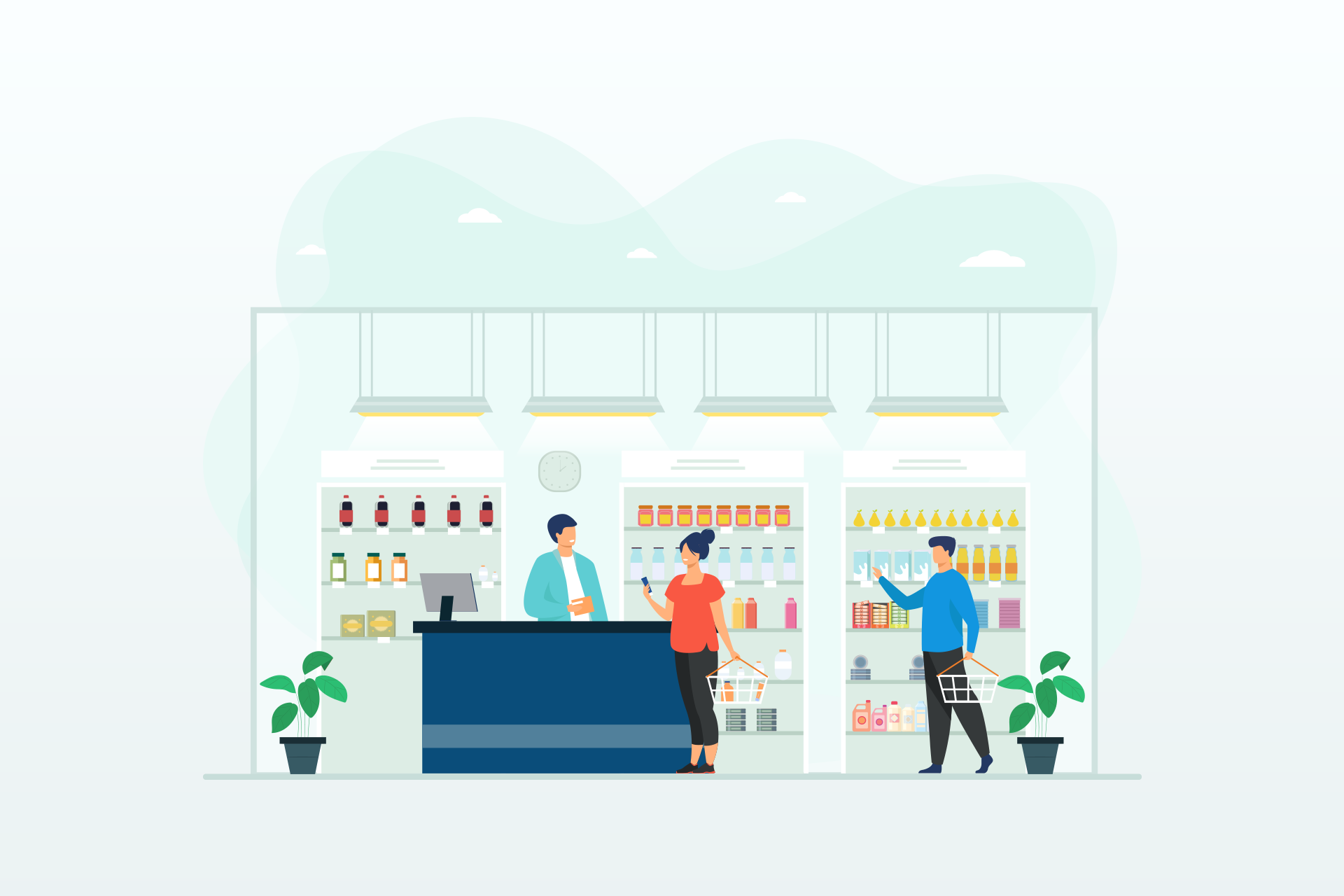
Leave a Reply
You must belogged in to post a comment.